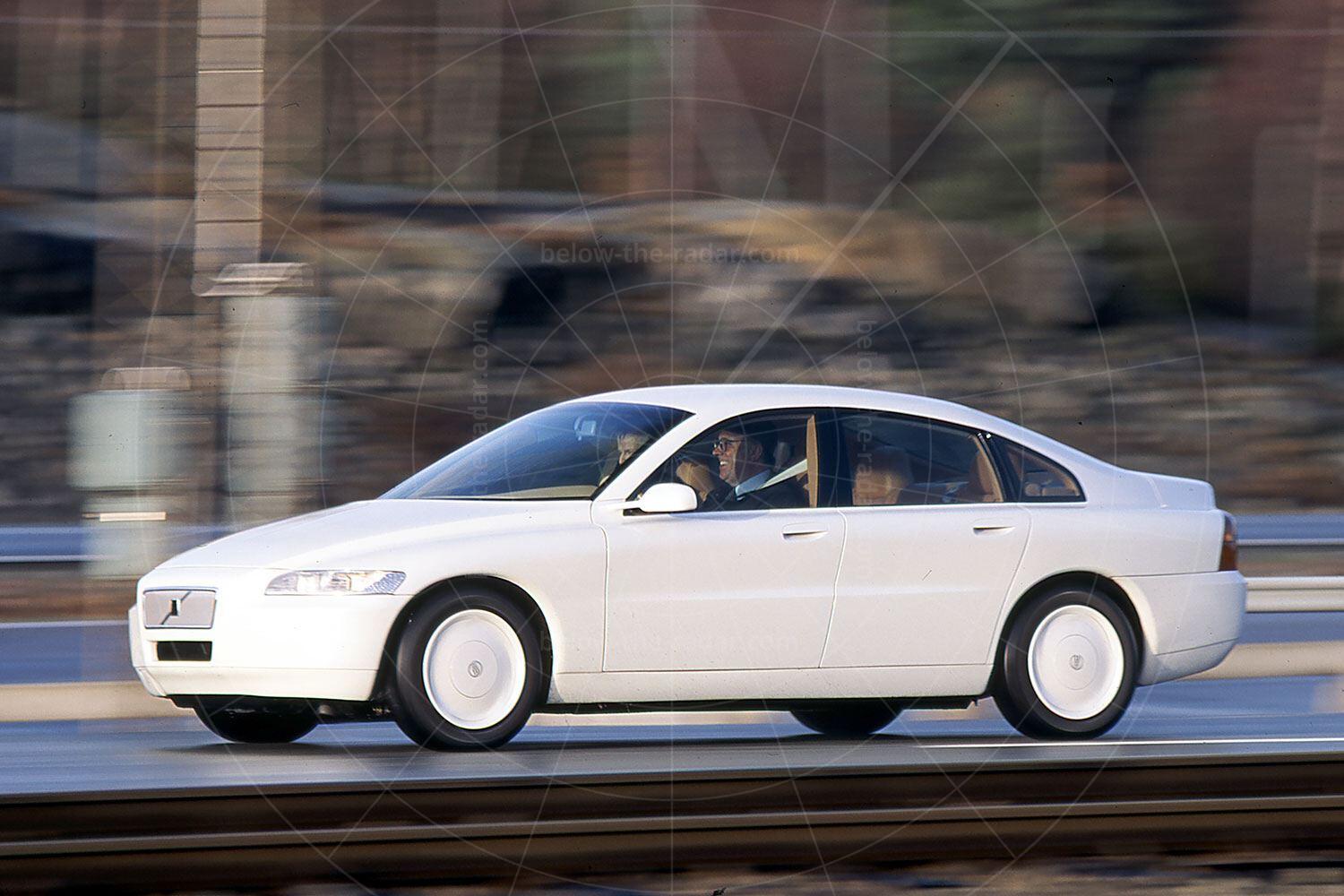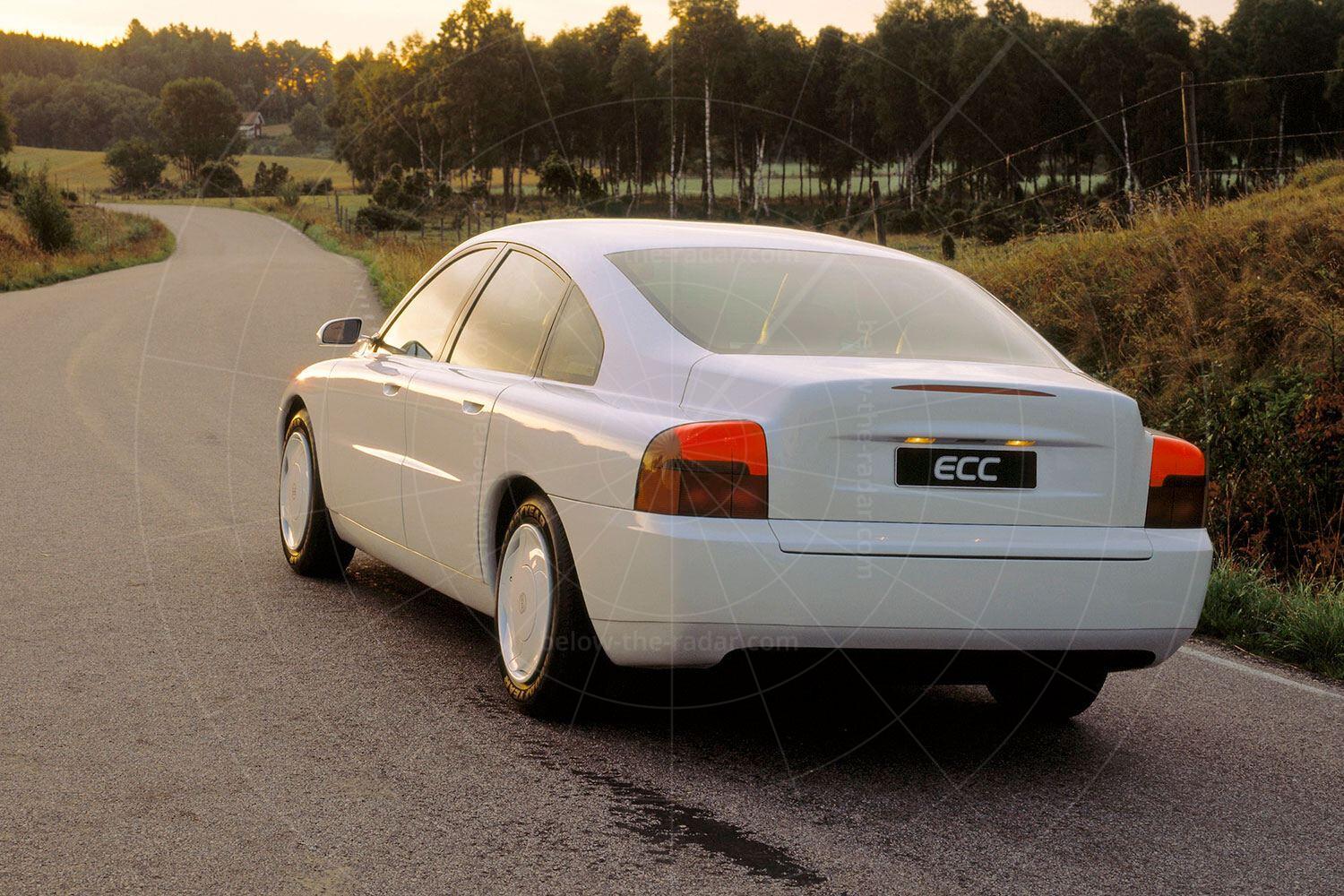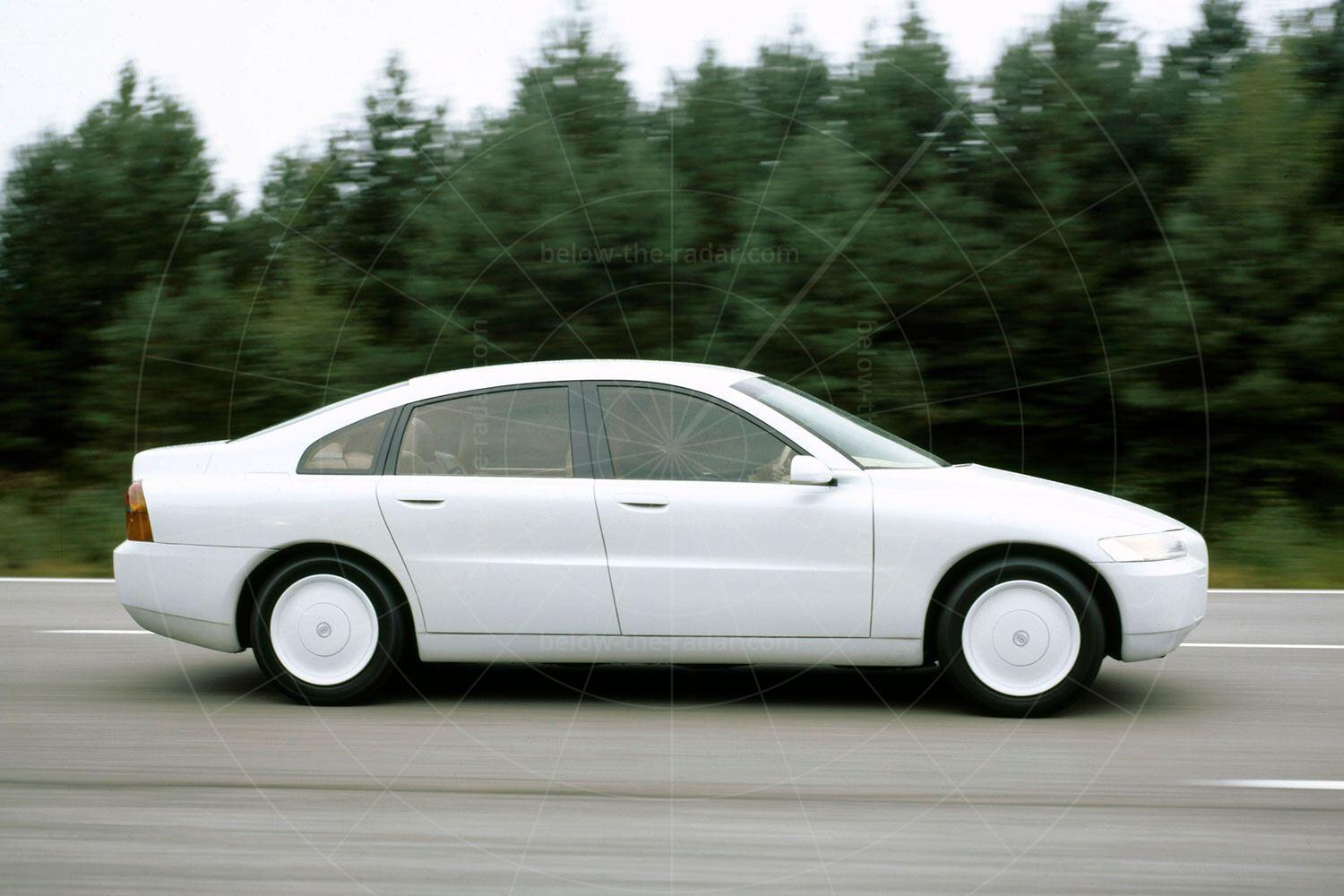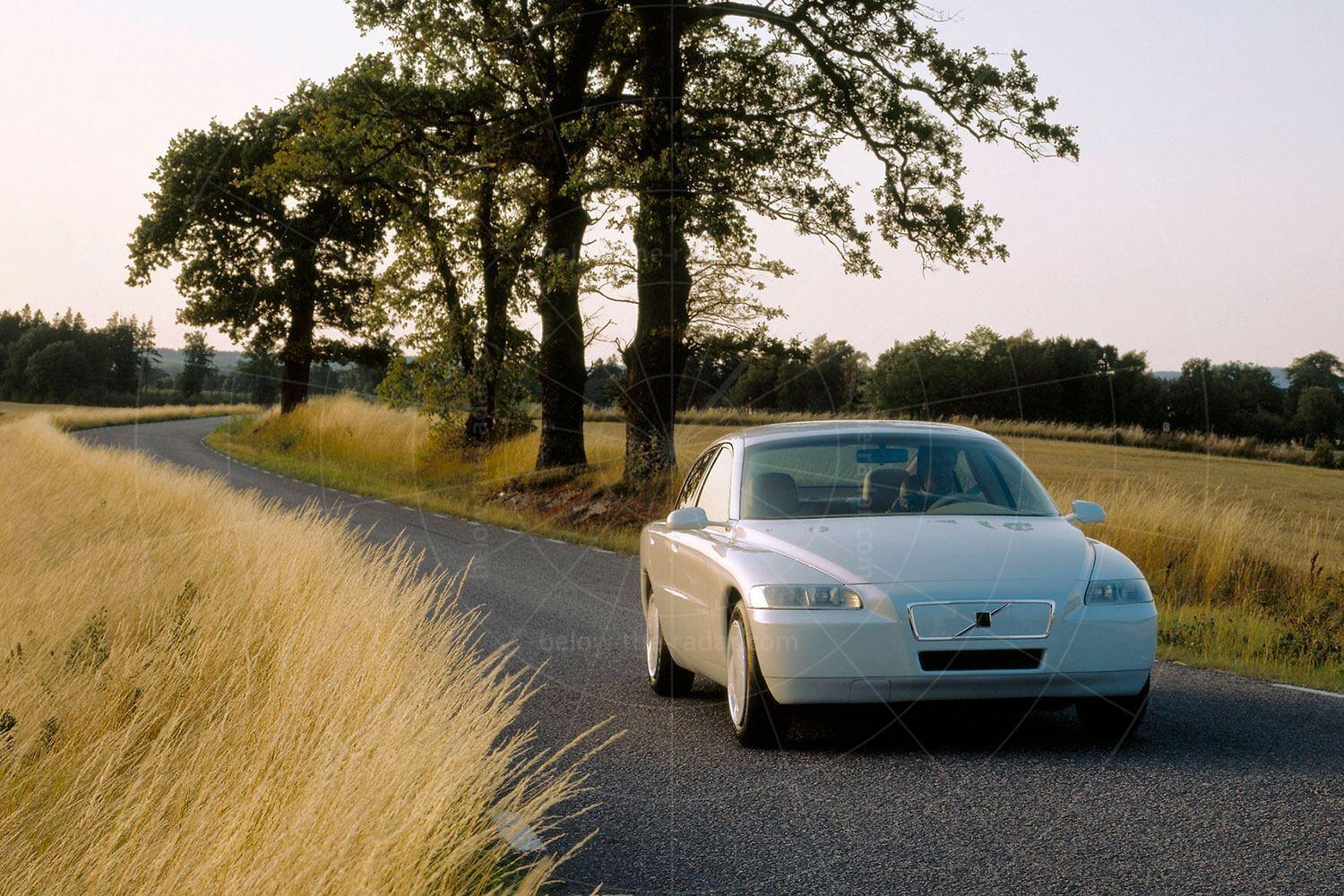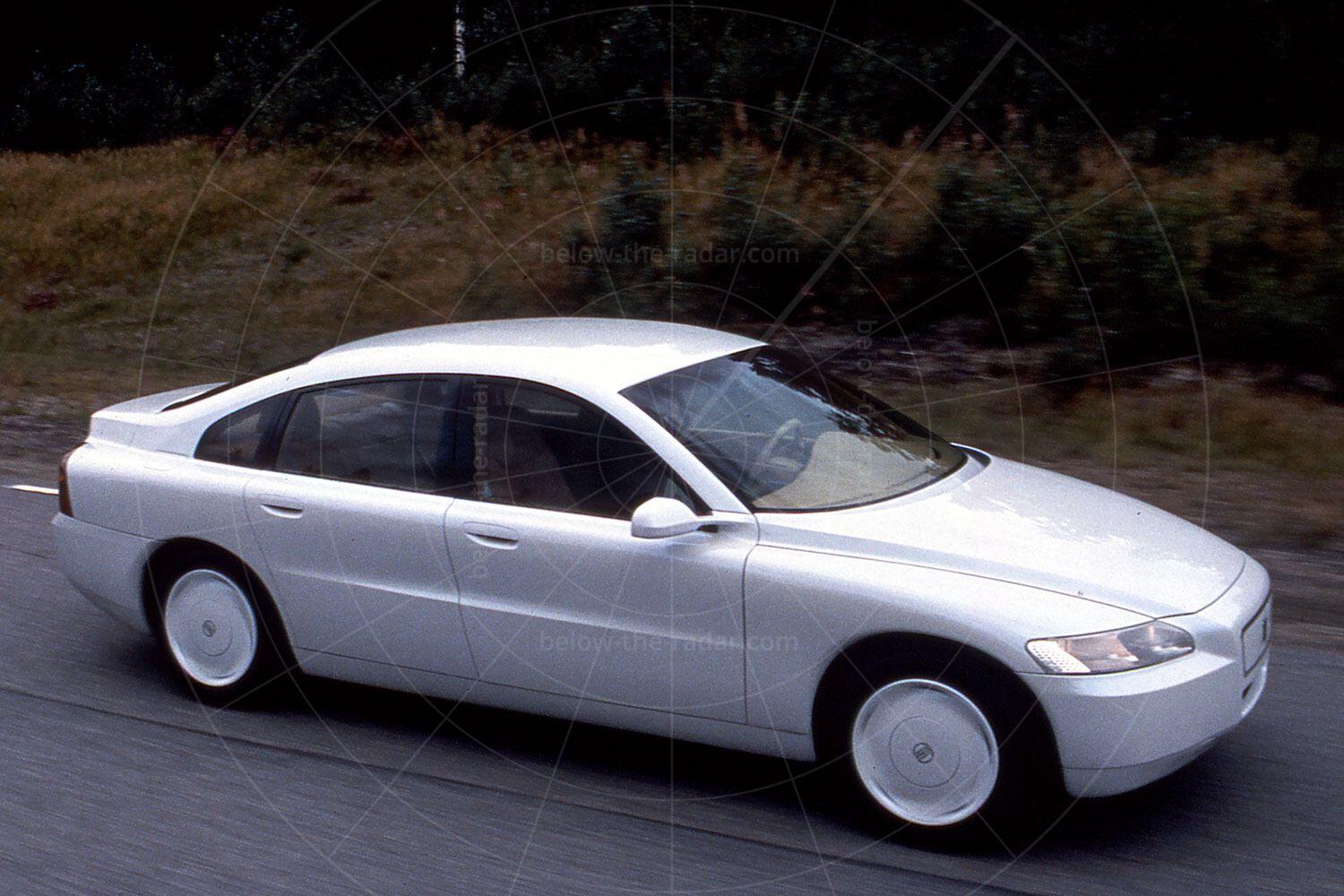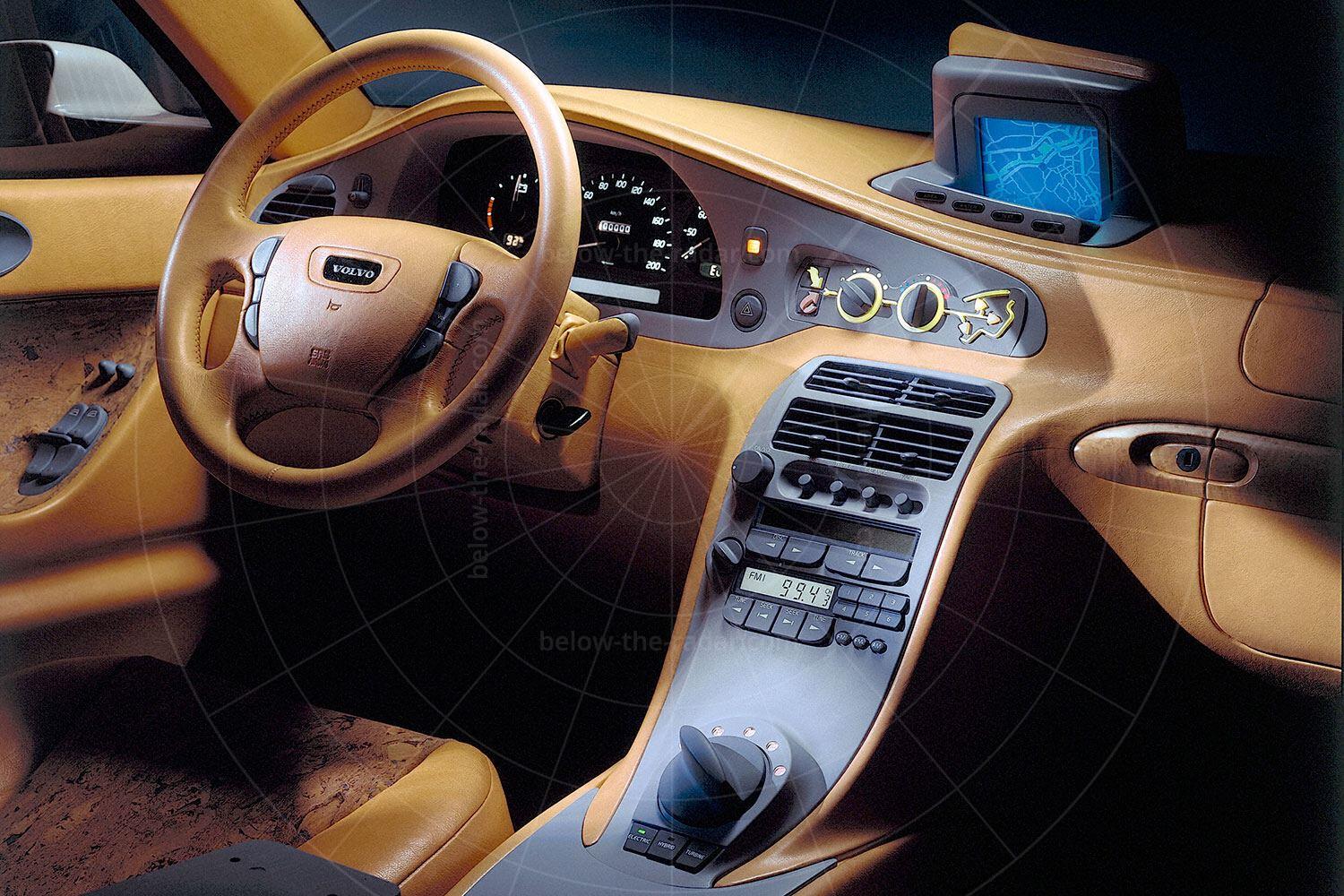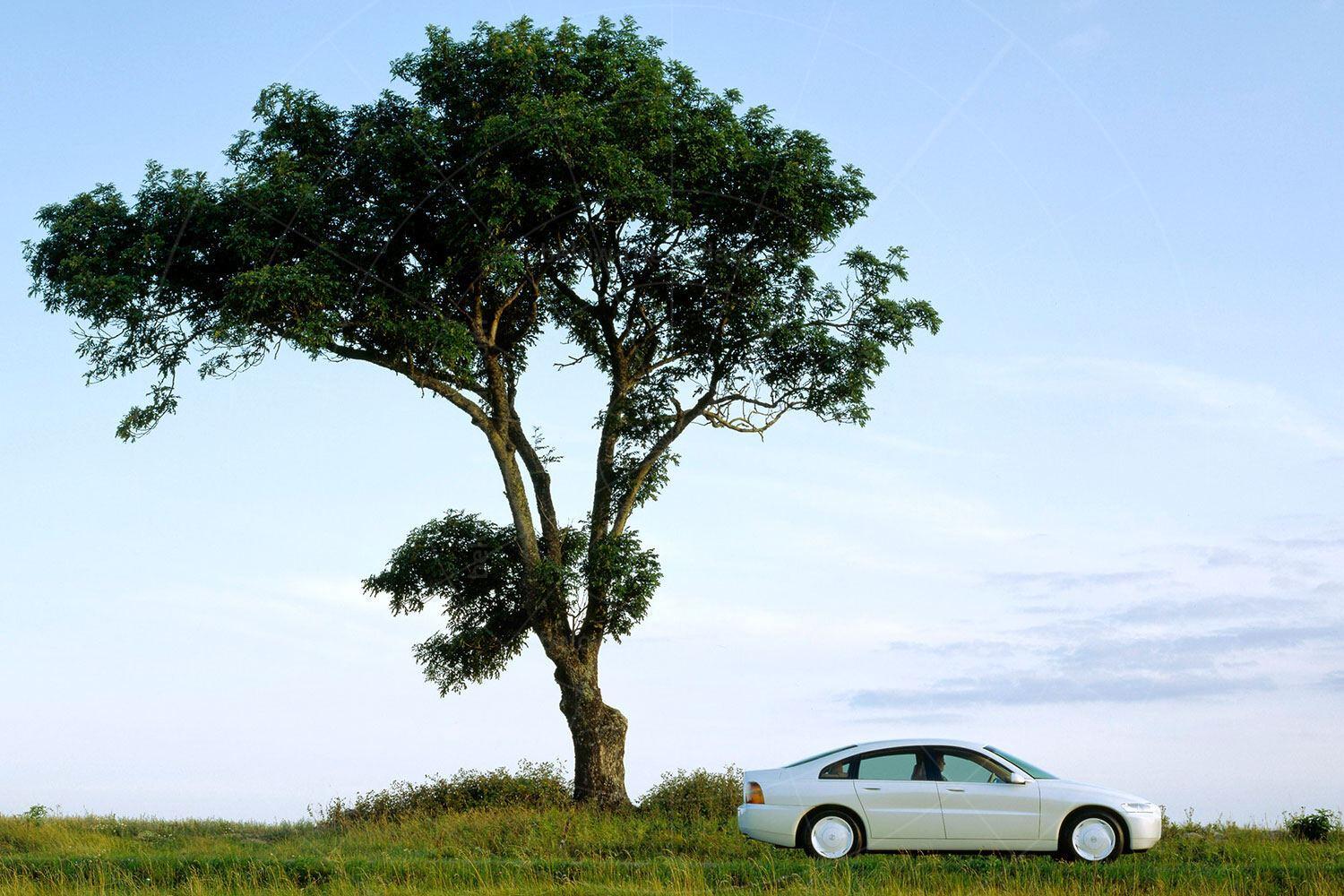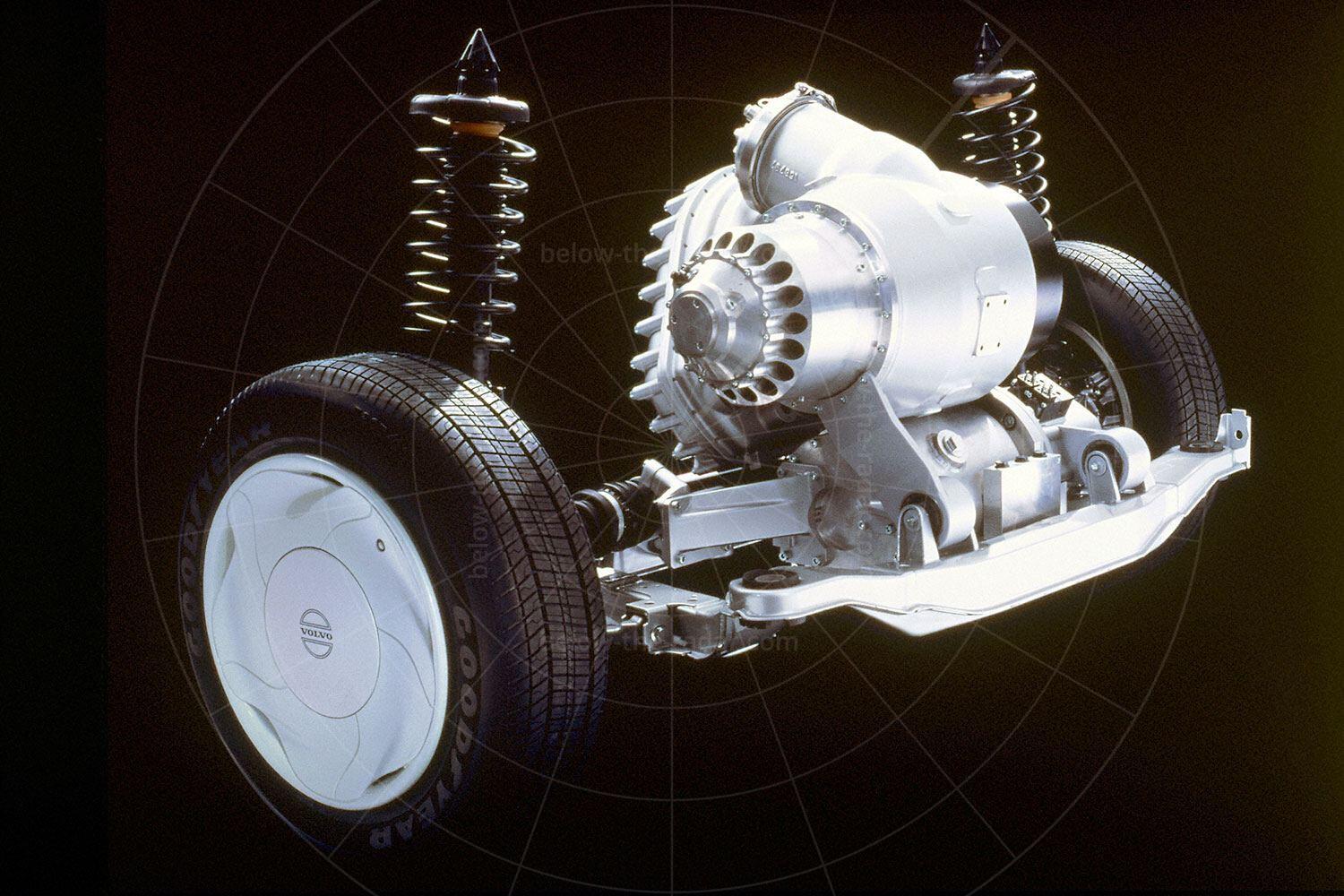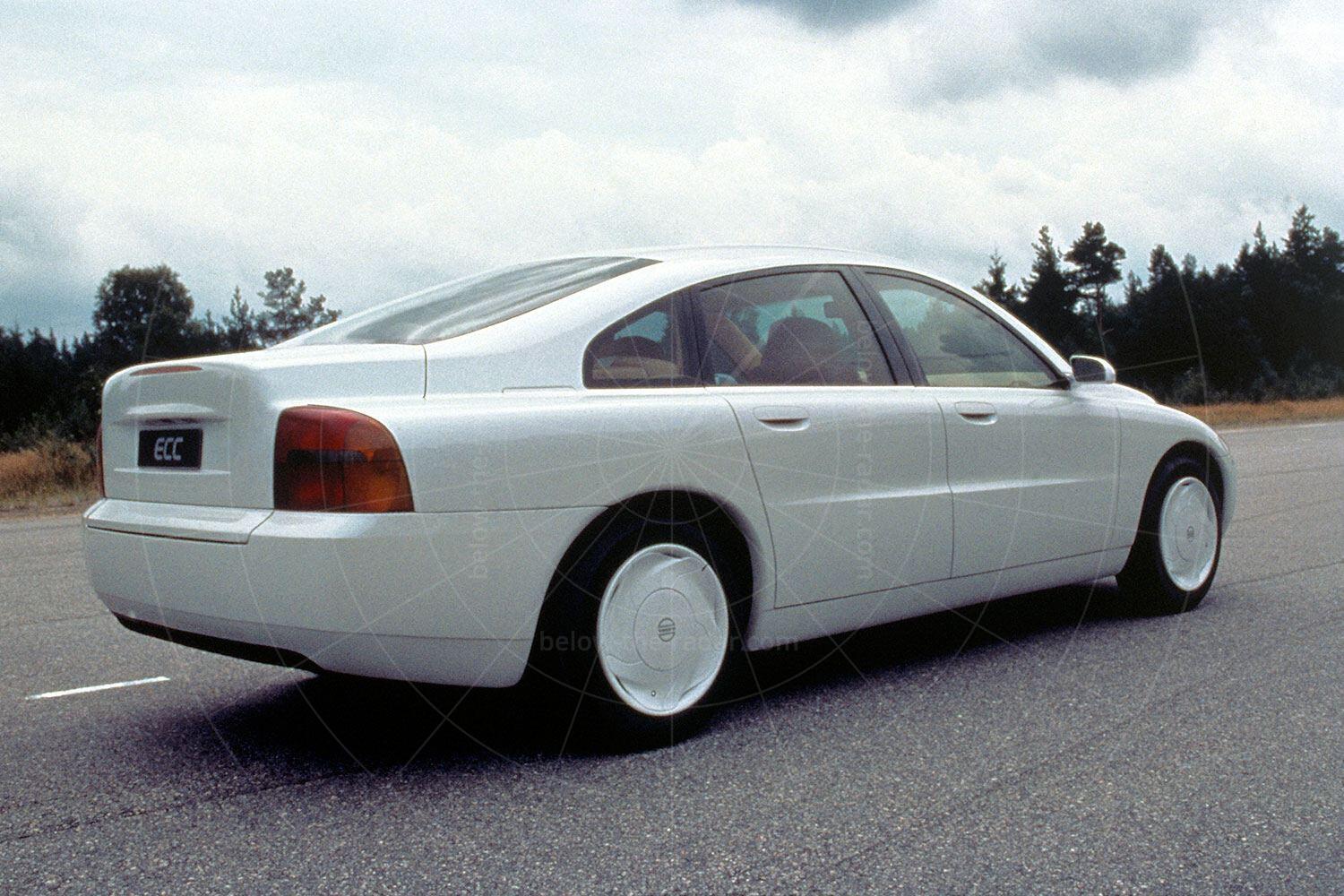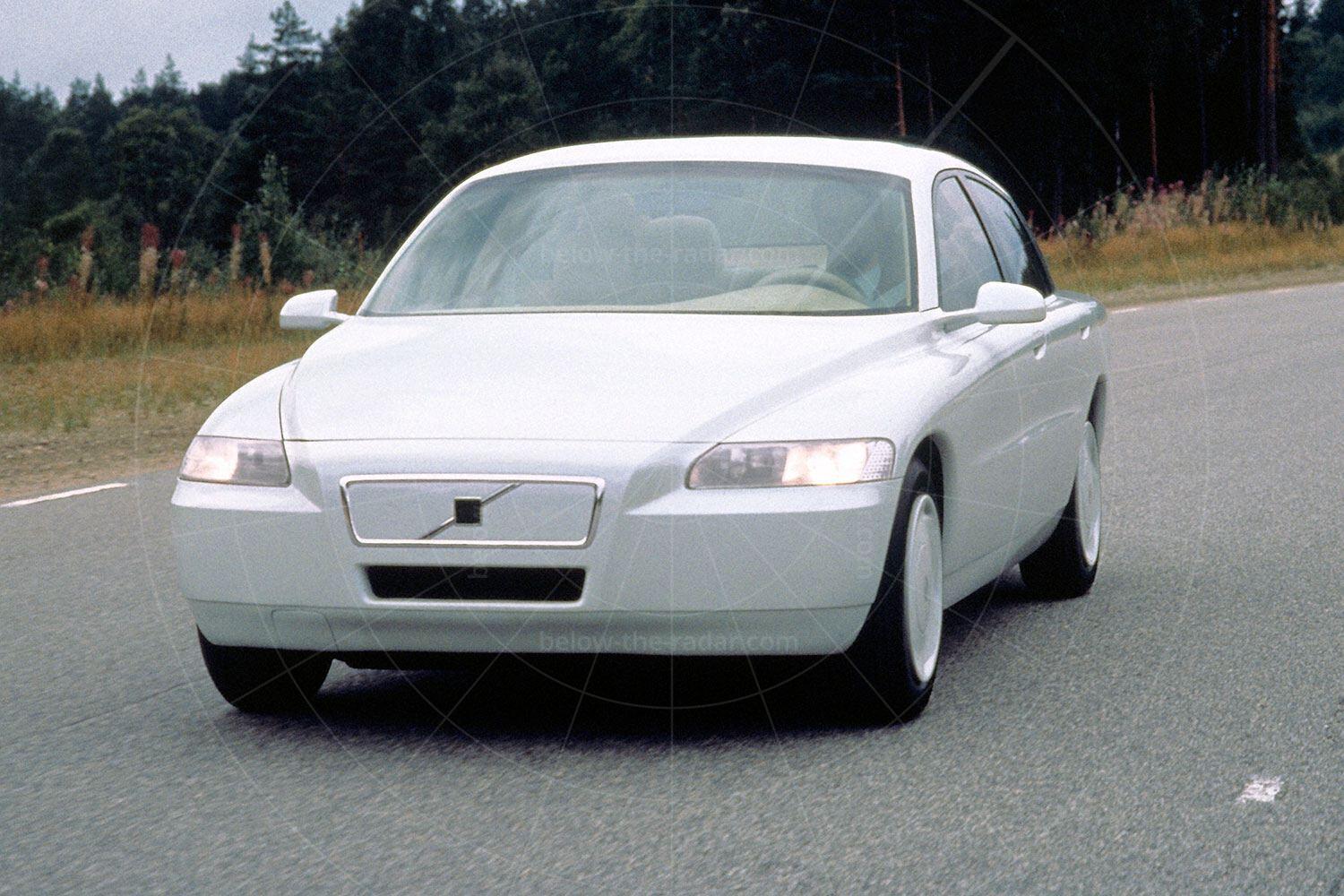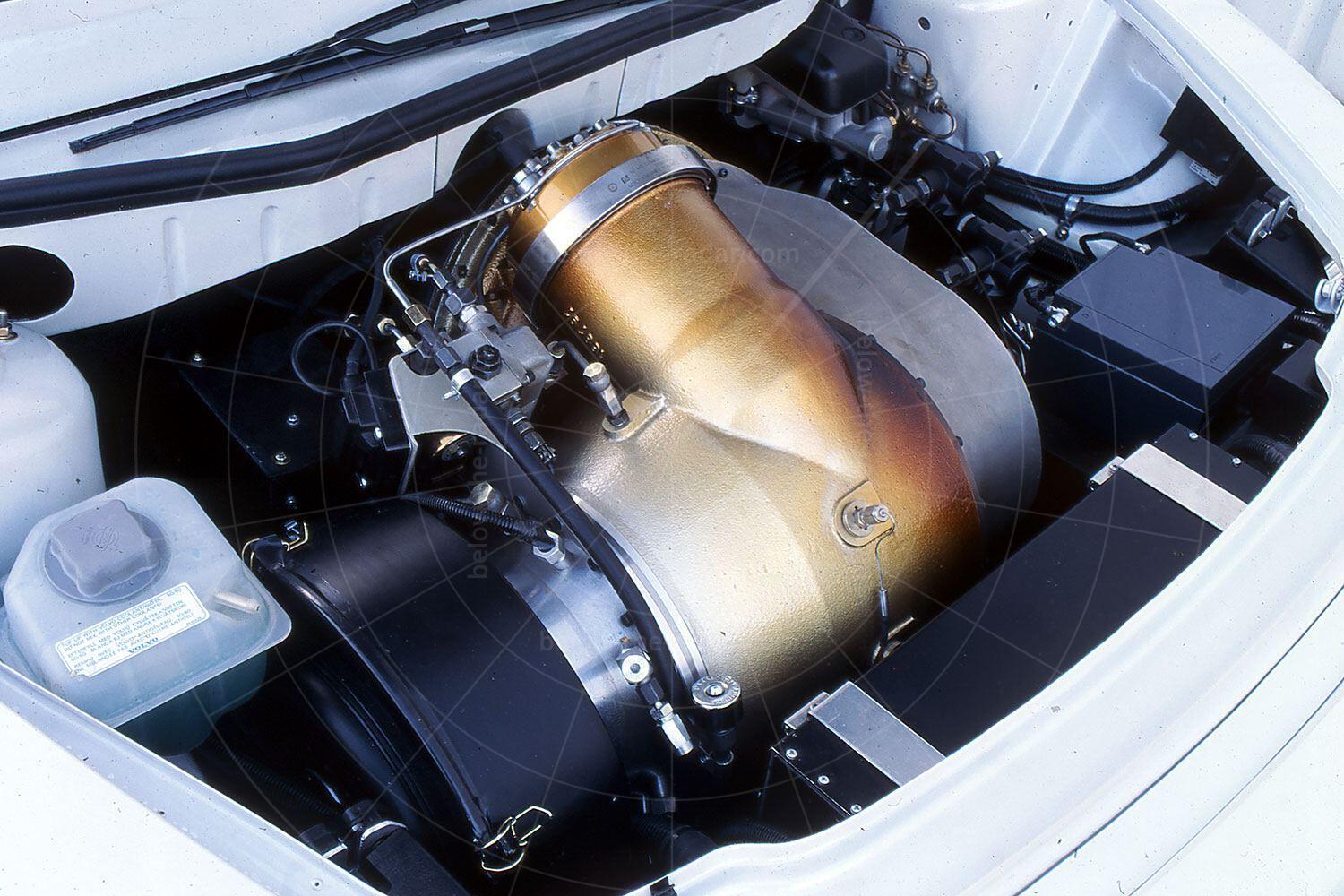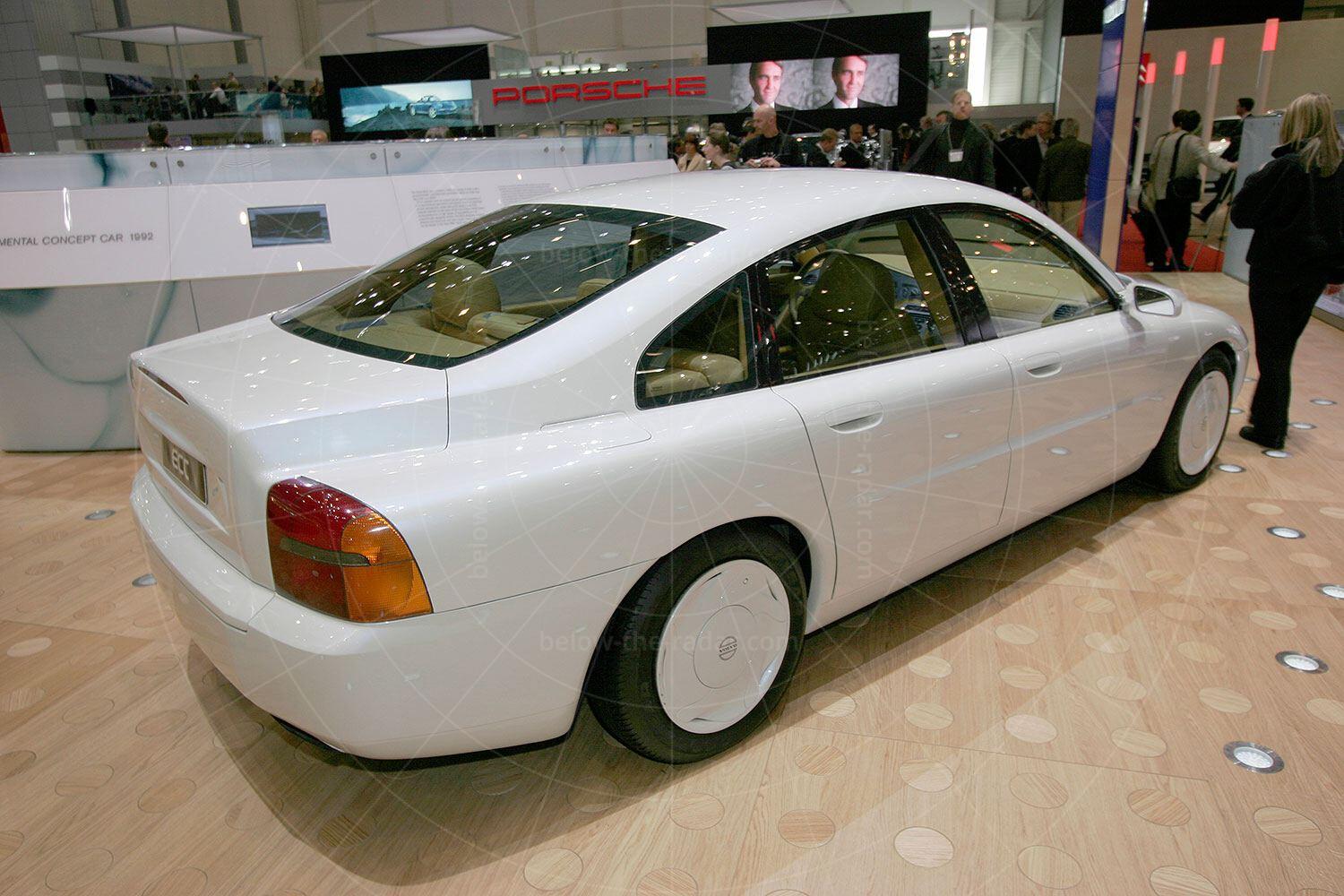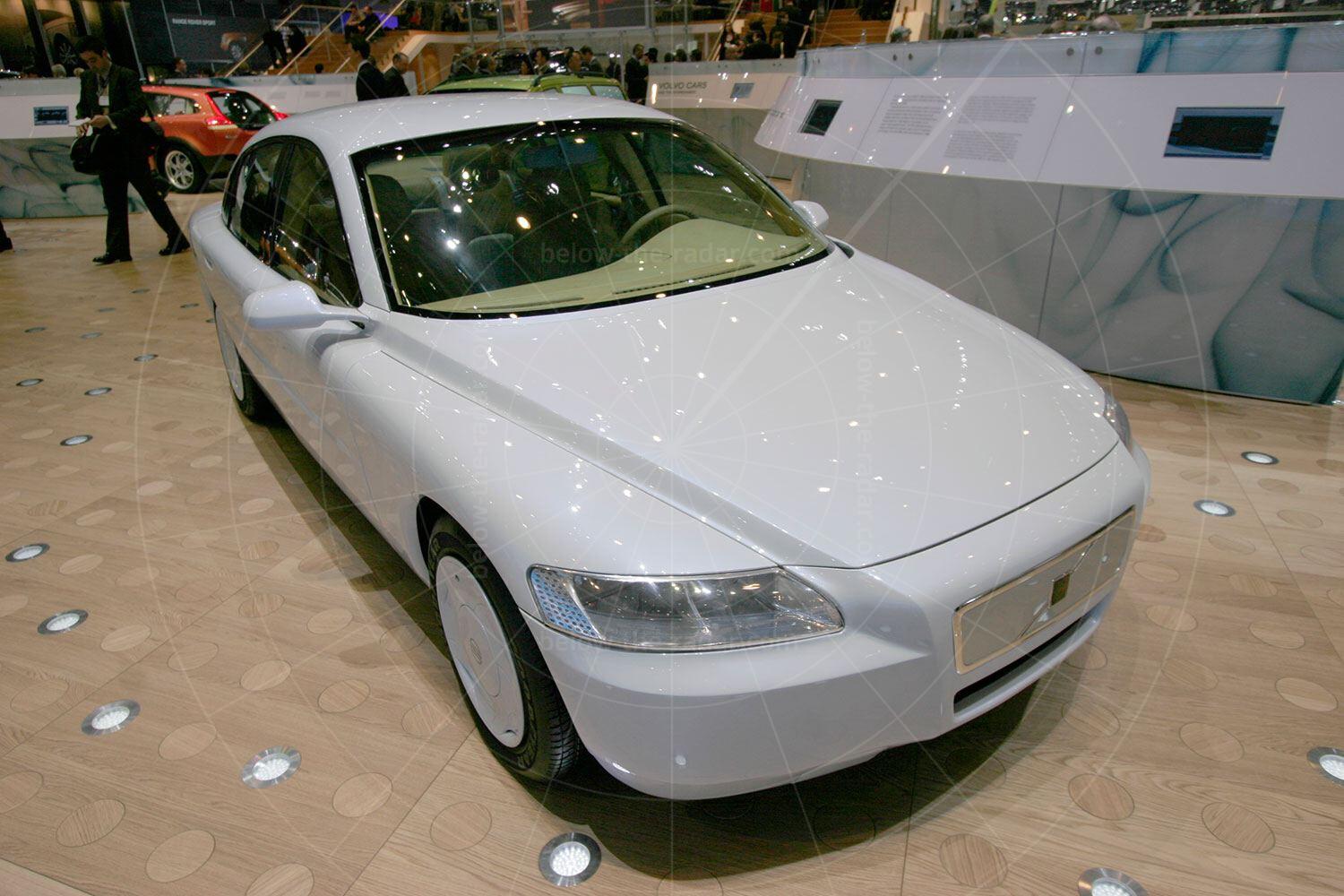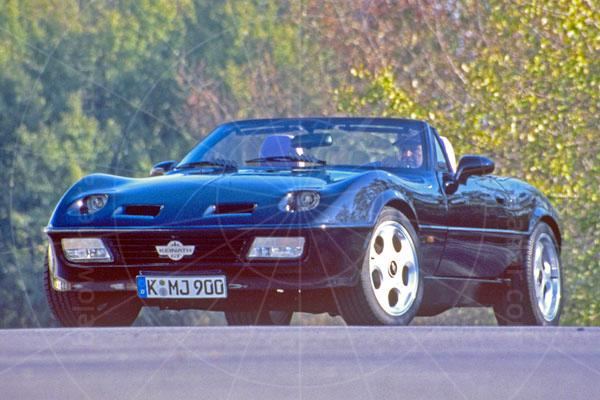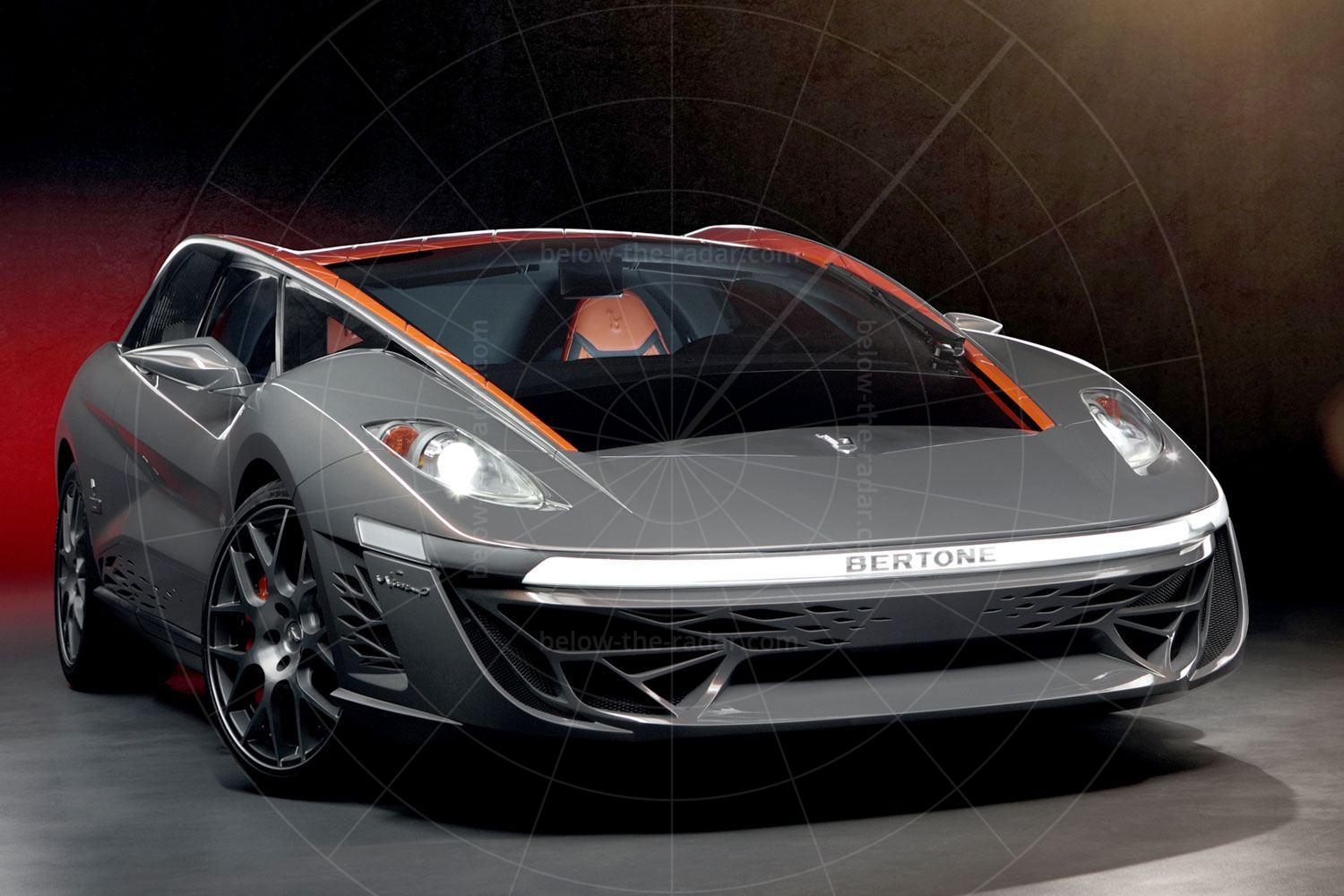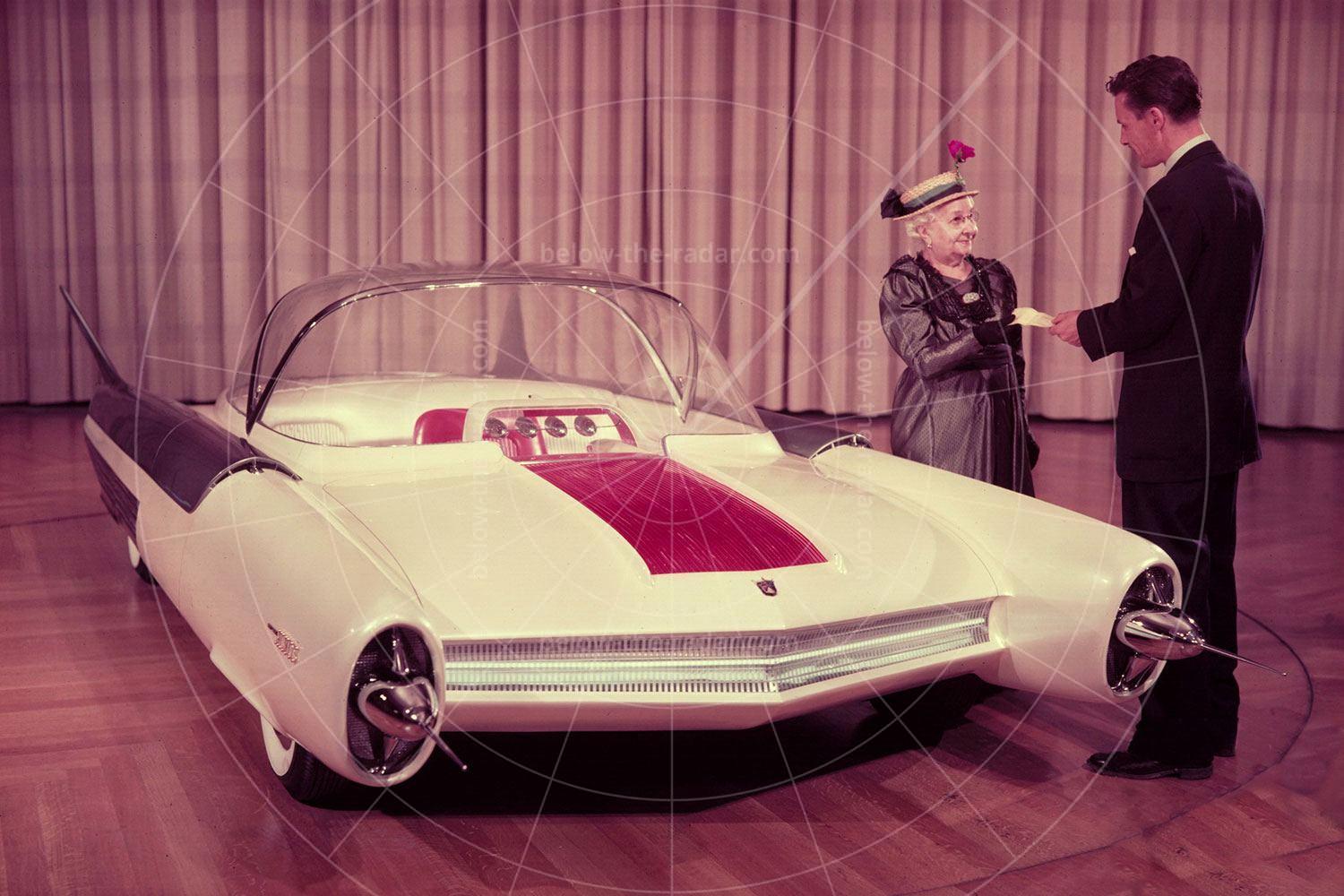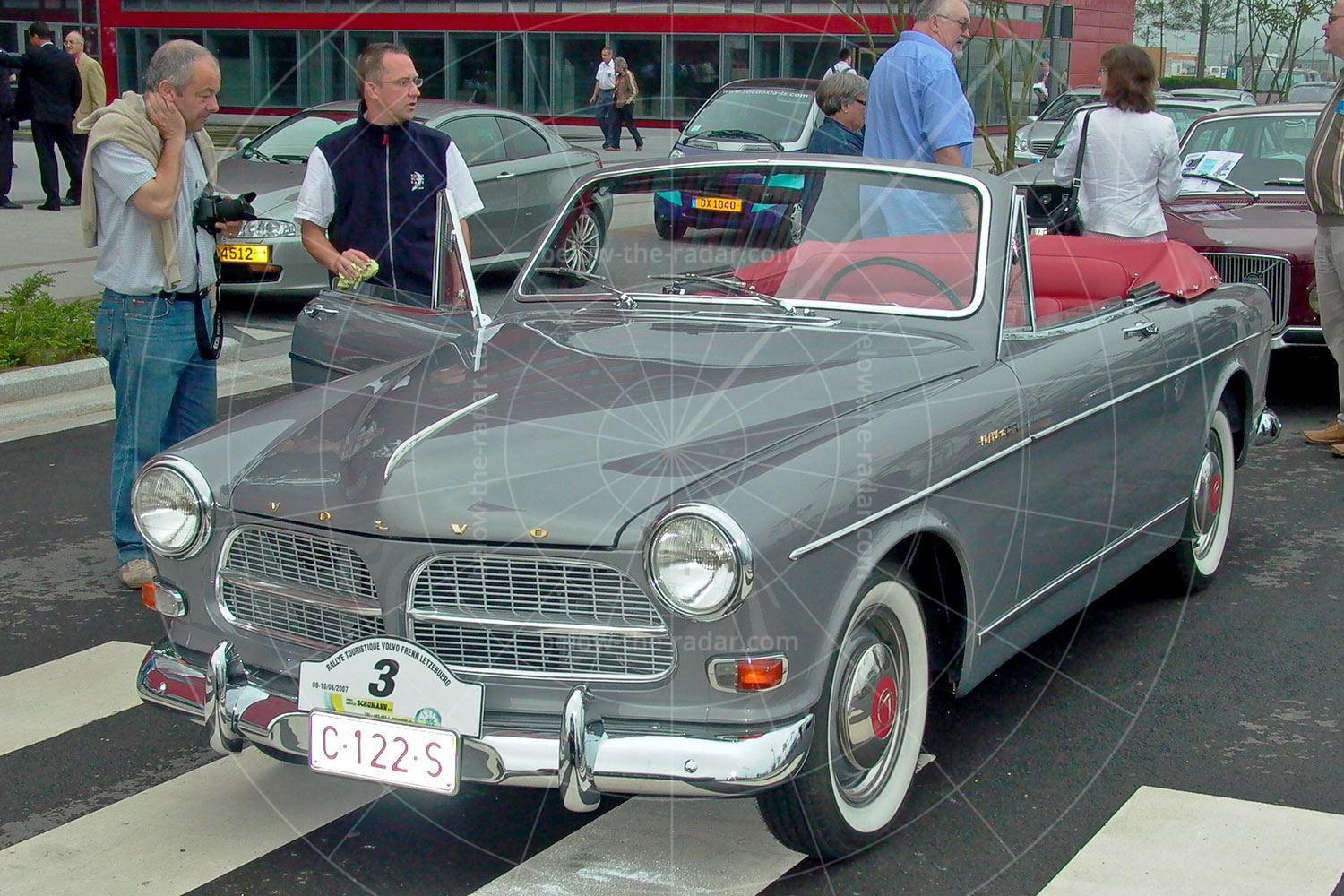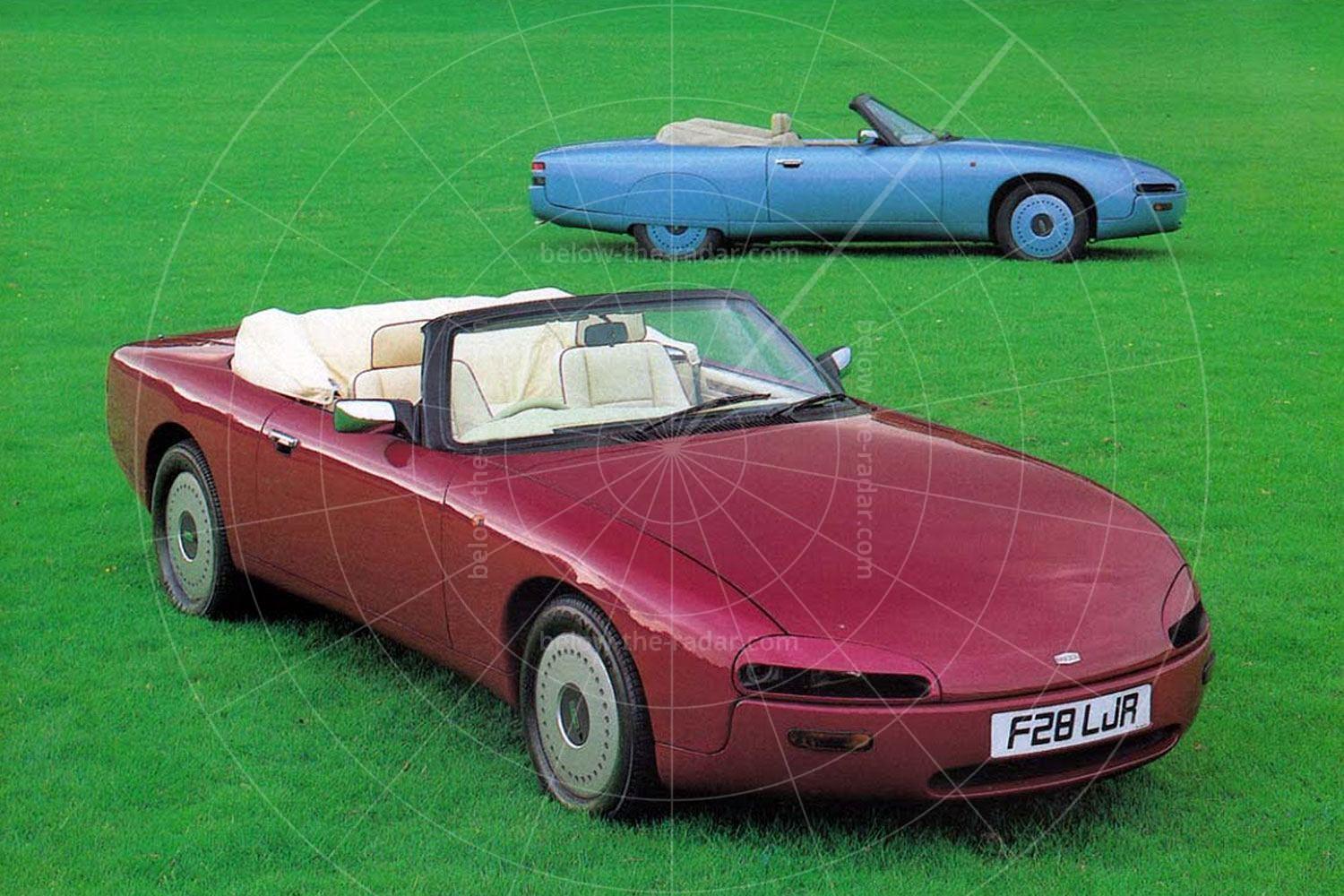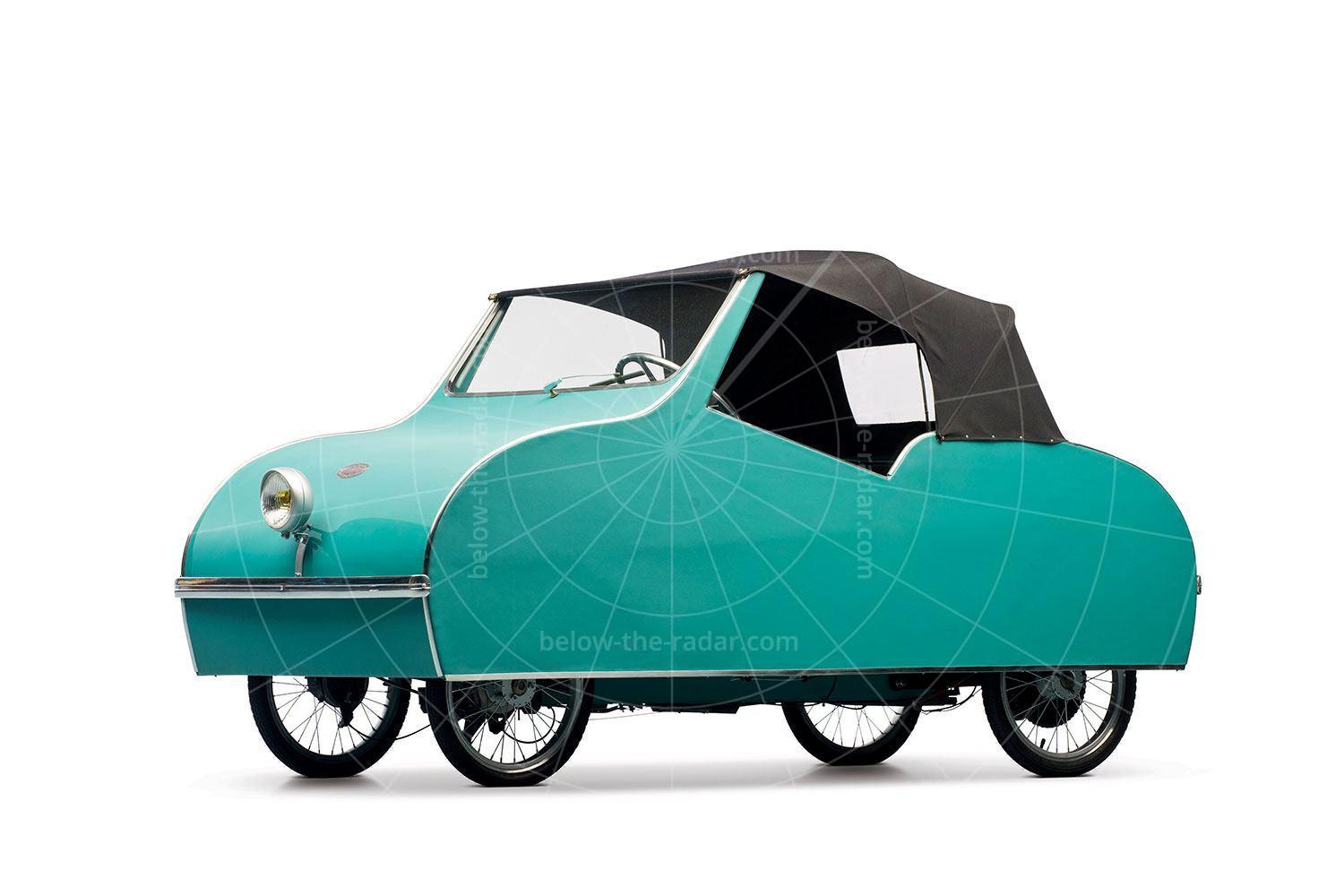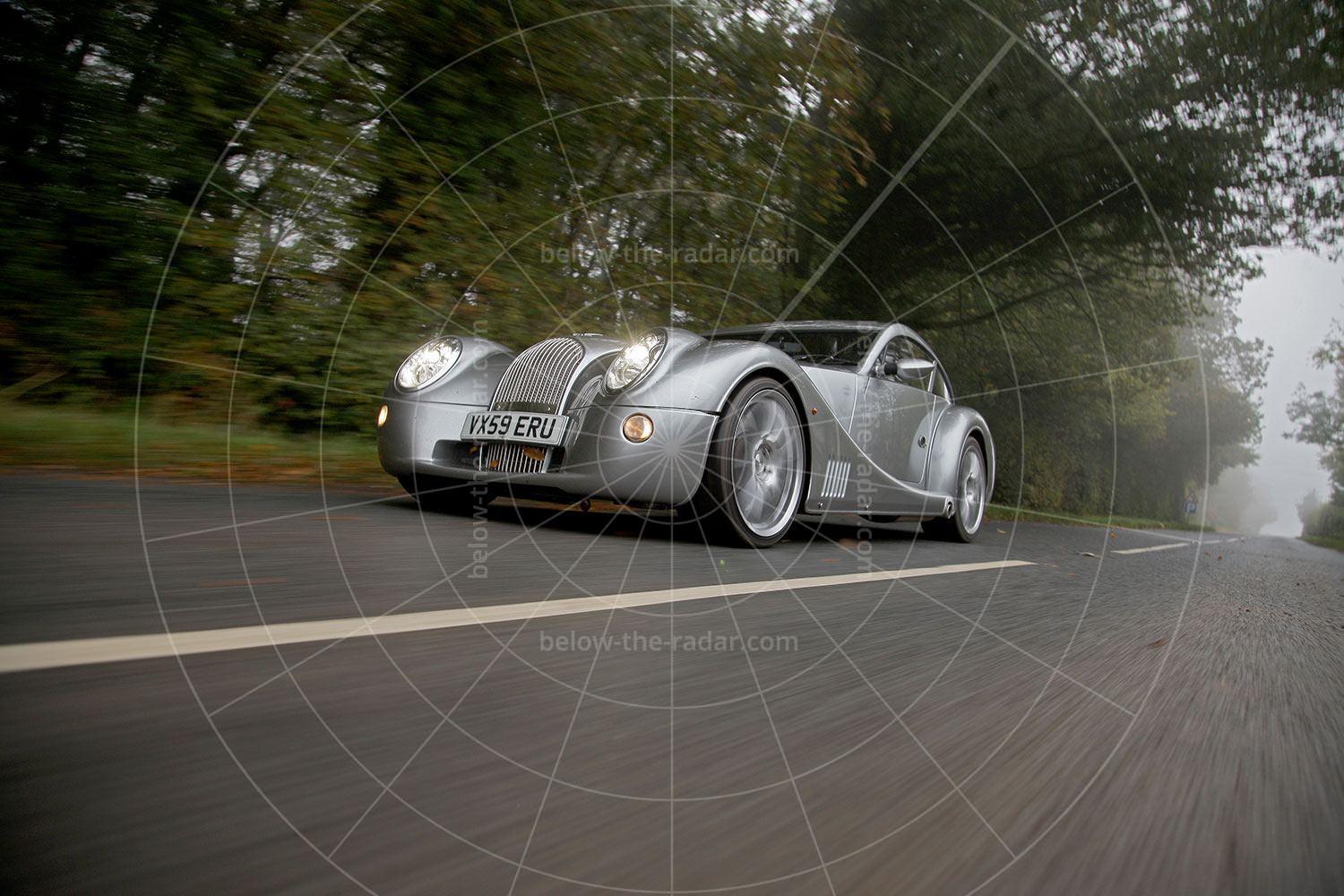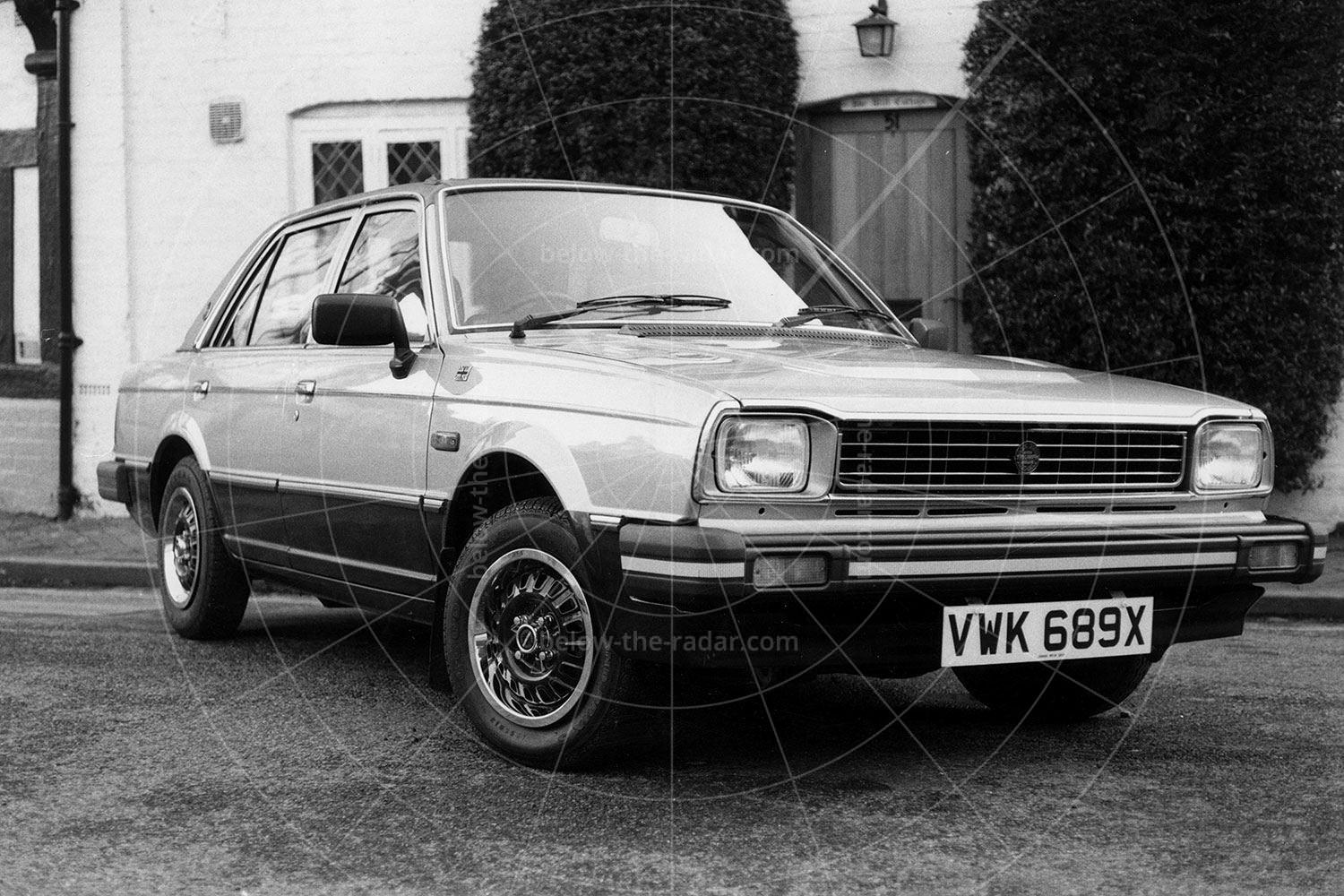Looking suspiciously like the S80 launched in 1998, the Environmental Concept Car (ECC) was seen as far back as September 1992. The brief for this concept was to design a car which offered quality, safety, comfort and performance but which would also be environmentally friendly. The car's design would allow a drag co-efficient of just 0.25, although in the event the final result was a Cd of 0.23 – quite remarkable for a four-door saloon. The ECC also needed to be identifiably a Volvo, so it had to draw on styling themes from previous cars built by the company; the Amazon's sides, the broad shoulders of the 144 and V-shape of the bonnet which had been a Volvo characteristic since the PV444 were all incorporated into the design.
With a bodyshell made of aluminium, intended to be fully recyclable, the ECC's light weight also aided fuel economy and performance. By opting for aluminium the all-in weight of the finished car was 1580kg, which was equivalent to a 12% reduction (or 215kg) compared with what the same car would have weighed if it had been built in steel. But although aerodynamics and weight both have a part to play when it comes to saving fuel, the key to fuel efficiency at low speeds is to reduce the rolling resistance of the tyres as far as possible. To that end the ECC sat on custom-made Goodyear 205/60 R15 E-matic rubber, inflated to a massive 66psi, about double the pressure of a conventional tyre.
Something which proved to be rather a blind alley was the choice of a hybrid powertrain, or more specifically, a gas turbine and electric motor combination. Driving through a two-speed automatic transmission, there was an electric motor which generated 53bhp during continuous running, but which could be called upon to produce up to 95bhp in short bursts. This power source was to be used in urban driving while the 56bhp gas turbine was saved for driving at higher speeds. By pooling these two sources of motive power the ECC could reach 62mph in 13 seconds and achieve a top speed of 109mph, while burning up less fuel in gas turbine mode than a conventionally powered car. Carrying the HSG (High Speed Generator) tag, this means of propulsion allowed the car to drive as similarly as possible to a conventional car, but to have far less of an impact on the environment.
The problem was that gas turbines may be more efficient than conventional internal combustion engines, but they’re also not very well suited to driving wheels via transmissions. Because it’s closely related to the turboprop aircraft engine, the gas turbine is good at producing thrust, but not directly to drive wheels. Similarly, when the ECC was created the electric motor had never been a viable means of propulsion in a passenger car, because of limited range and the inherent mass of the associated battery packs. So in a way the ECC combined the worst of both worlds in that both of its power supplies weren’t suited to passenger car use.
Perhaps the best thing about using electric power to propel a car is that a motor that normally drives can be turned into a generator when braking. The ECC utilised this technology so that when the brakes were applied the batteries were topped up using regenerative braking; this could provide up to 45kW. The result of all this was a car which could run for nearly 500 miles between refuelling stops, and when used in electric mode the ECC was capable of meeting the Zero Emissions laws which California was due to bring in shortly after the ECC made its debut.
The ECC's cabin looked less radical than its exterior, with class-leading safety and ergonomics the goal. To that end there was ample space for four adults along with Volvo's then-new SIPS (Side Impact Protection System), which featured side airbags and an ultra-strong structure. While most of the ECC's cabin was largely conventional, one cutting-edge piece of tech was a form of satellite navigation that Volvo called Dynaguide, which gave the driver the latest traffic information via a display in the instrument panel. Whatever happened to Dynaguide?
| Vital statistics | |
|---|---|
| Debut | Paris, 1992 |
| Engine | Front-mounted gas turbine + electric motor |
| Transmission | 2-speed auto, front-wheel drive |
| Power | 56bhp (gas turbine) + 95bhp (electric) |
| Top speed | 109mph |

